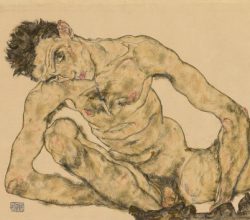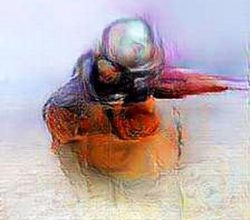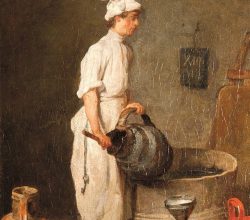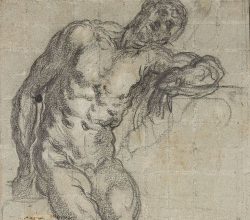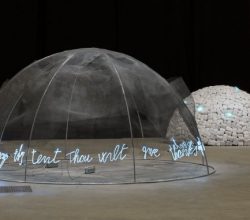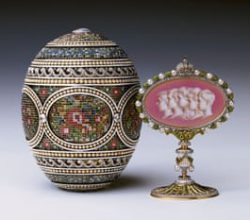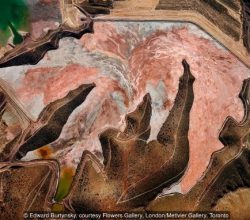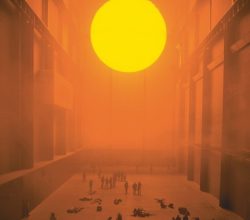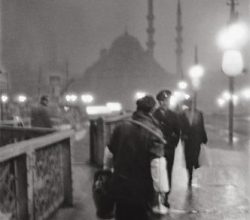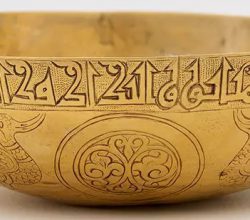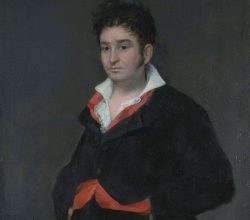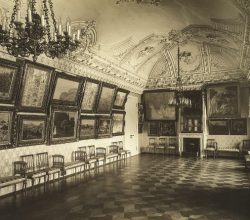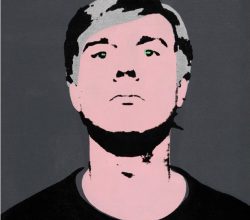
There has been no greater artist since Andy Warhol than Andy Warhol
Allan Schwartzman | Art Agency Partners | 8th November 2018
An imminent Warhol retrospective in New York will unleash a torrent of reviews. To kick things off this appreciation helps pinpoint the salience of Warhol’s art. “He changed what art is … and where it resides within culture. He fused … popular culture … with fine art, forever repositioning both. A profound and relevant artist”. (Note: Schwartzman is a senior executive at Sotheby’s)

